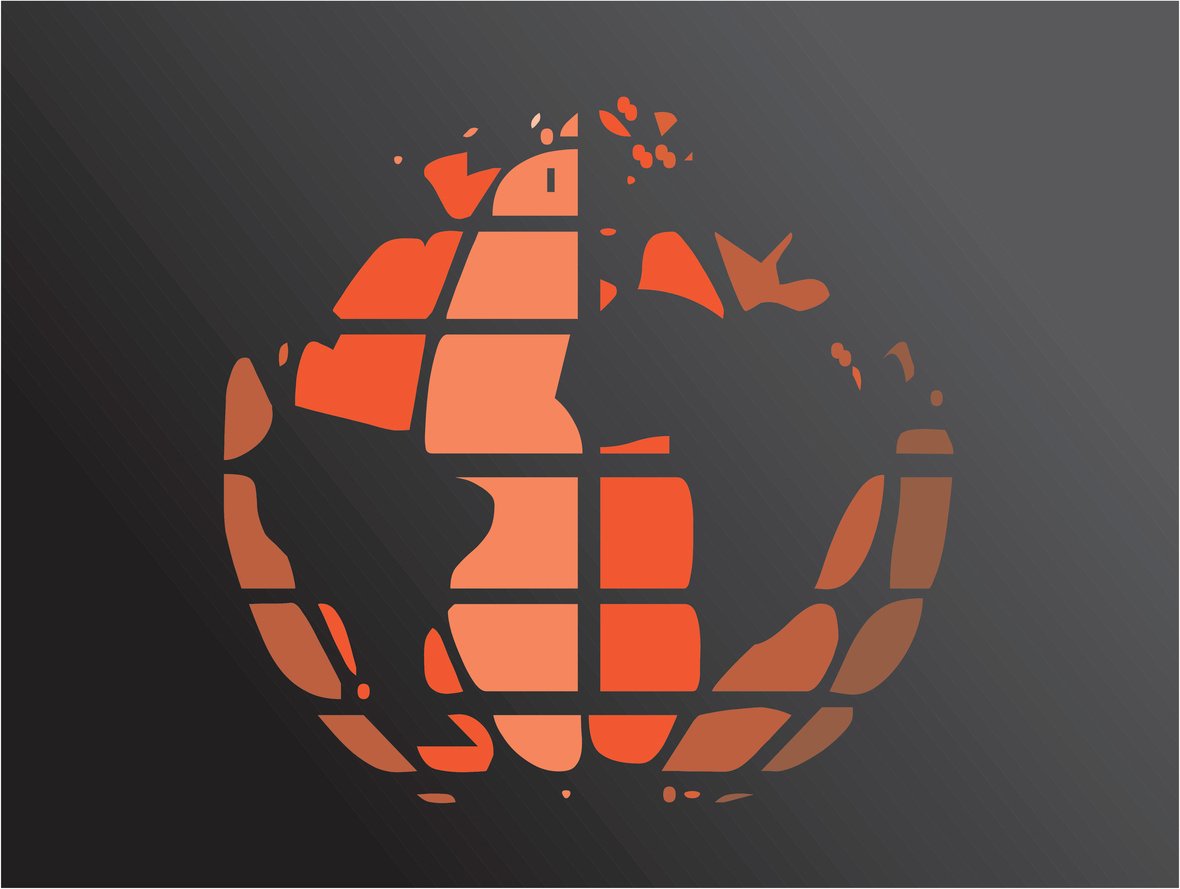Large and midsize U.S. businesses decided against seeking out greener pastures when it came to purchases for their primary insurance programs of workers compensation, auto and general liability. According to a new study by Marsh Inc., a leading risk and insurance services provider, only one in nine companies dropped their insurer in 2005, as compared to 2004, when one in four companies switched–a sign of satisfied customers and a relatively stable insurance market. There's good cause for that satisfaction, too. "The overall cost of risk dropped 3%," says George Pallis, a managing director in Marsh's U.S. Casualty Practice, in spite of concerns that insurers would hike rates to make up for hurricane-related property losses. In fact, the market has softened for most primary casualty coverage as competition from new carriers increased. The study is based on data from 1,638 businesses and government entities.
Overall, for every $1,000 of revenue, U.S. companies ended up spending an average of $2.68 on insurance and other risk management measures covering primary casualty risks, the Marsh study reported. Workers comp costs averaged $1.80 per $1,000, while general liability cost 59 cents. Not surprisingly, though, the biggest companies are getting the best deals, thanks to economies of scale: Companies with $10 billion-plus in revenue had risk costs of $1.76 per $1,000 of revenue, vs. $15.08 for those with $200 million or less. In 2004, the average risk cost for the biggest companies was $1.59 per $1,000 in revenues, vs. $13.08 for the smaller ones.
That said, companies are finding it necessary to shoulder more of that risk, usually through increased deductibles or lower coverage limits. Retention in workers comp increased 2.2%, while premium costs fell 4.4%. Where retention fell, as in general liability (down 4.5%), costs rose (4.1%). "Businesses [are] fine-tuning their casualty insurance arrangements," says Pallis. "They're moving retentions up or down to take advantage of a more competitive market."
Recommended For You
Out of the three primary insurance programs, workers compensation represents the biggest piece of the pie–and it's growing. "Workers compensation now represents two-thirds of every primary insurance dollar," says Pallis. The big growth area: workers compensation medical costs, which represent 50% of the total. "Workers compensation medical cost is more than 30 cents of every dollar that [companies] spend for primary casualty insurance."
No surprise, rising medical costs are the prime culprit. Companies with high retention costs are putting greater efforts into prevention strategies to minimize losses. They are investing in drivers' safety education and ergonomically sound workstations.
© Touchpoint Markets, All Rights Reserved. Request academic re-use from www.copyright.com. All other uses, submit a request to [email protected]. For more inforrmation visit Asset & Logo Licensing.



